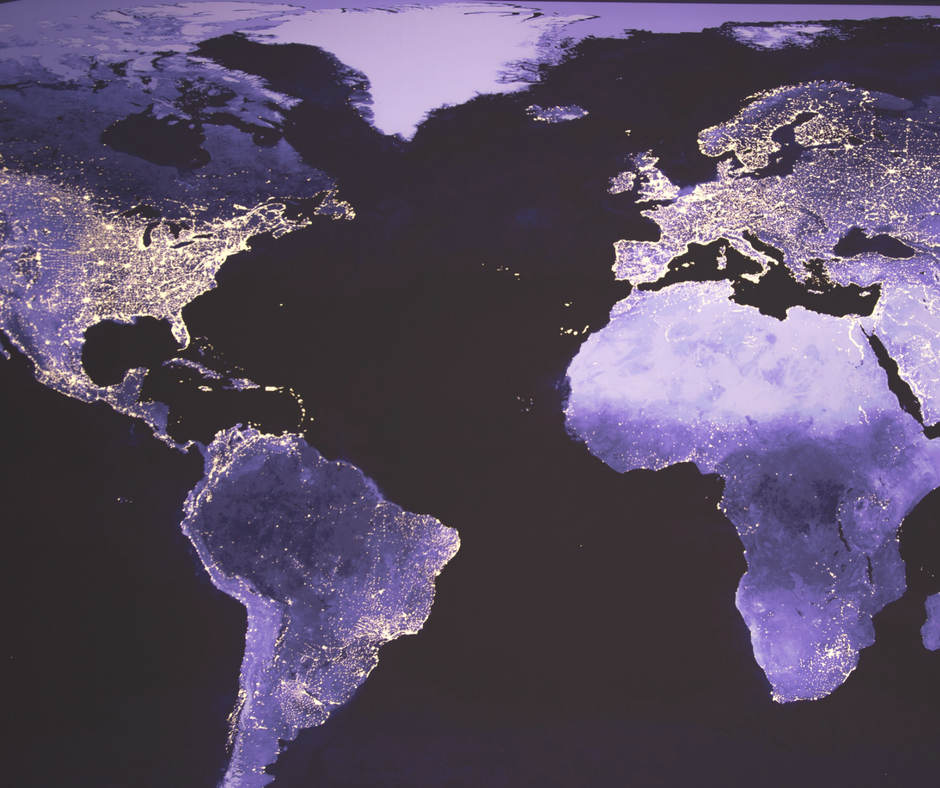Frequent Natural Disasters Make Recovery Difficult

Within a one month period, the world has faced difficult circumstances. Back to back hurricanes, earthquakes and other natural disasters have disrupted lives and caused citizens to struggle through the aftermath.
Puerto Rico experienced the most intense Atlantic Hurricane with a record 175 mile-per-hour winds. Named Hurricane Maria, the storm hit Puerto Rico on Thursday September 21.
According to the New York Times, the storm left more than 3.4 million people without power and with the territory’s energy grid all but destroyed. Puerto Rico is expected to face a long-term recovery. Experts say Puerto Rico will need about six months before they regain electricity.
Tao Bao, Mayor of the town of Bernardo Márquez, said the storm surge and river overflows had burst through open floodgates.Bao said alarms did not sound when the floodgates were opened, because of faulty maintenance.
“Three children and a police officer were among the dead,” he said.
A total of eight people have died. The number of dead continue to rise.
San Juan Mayor, Carmen Yulín Cruz, told CNN that two people who were in an intensive care unit had already died after the hospital ran out of diesel.
“The hospital is needing diesel every day — 2,000 gallons a day,” he said. “Yesterday, we ran out of diesel at 6am and we were without electricity at the hospital from 6 a.m. through 2 p.m. Eight hours without electricity.”
President Donald Trump told CNN there was food and water on the way to Puerto Rico and added that he would visit the island next week.

With another natural disaster making headway, Mexico City faced one of the largest earthquakes recorded at a magnitude of 7.1, killing over 155 people.
The Washington Post reported that over 60 buildings collapsed or were significantly damaged. “Four people were injured in Juchitan and three in Tlacotepec, but none of their lives were in danger,” the article said.
The Post also reported that one person suffered a broken clavicle in the town of Xadani. Three hotels and two churches were damaged and a highway bridge collapsed. Puerto Rico’s Federal Police agency said the bridge had already been closed due to damage after the Sept. 7 quake.
Trump responded to the disaster in a recent twitter post. “God bless the people of Mexico City. We are with you and will be there for you.”
Communities have wondered what has instigated the numerous storms, and natural disasters.
Oklahoman Rachel Clay, 22, has followed the events, and thinks it has to do with climate change.
“I never knew how much climate change affected this kind of weather pattern until very recently.” Clay said.
Clay has been listening to “The Daily” from The New York Times for the last couple months, and said they describe climate changes as ‘the effects of climate change are to hurricanes as steroids are to wrestlers.’
“The steroid didn’t create the wrestler, but it did make him a hell of a lot more dangerous.” Clay said, “This is due to many factors, but one of the primary factors is the increasing sea level.”
According to the U.S. Geological Survey “earthquakes may seem more frequent because there are more stations set up to monitor earthquakes, and because we are now able to quickly receive news from all over the world.”
The survey said this means that earthquakes which might have gone unnoticed or unreported before, may now make the news just minutes after they occur. This creates the impression that there are more earthquakes than ever before.
The Huffington Post reported that deforestation, overgrazing, river channelization, hardscaping (covering large swaths of landscape with asphalt and concrete), and many other activities impact the frequency and severity of natural disasters.
The Huffington Post article said deforestation or overgrazing on hillsides increases the probability of landslides after heavy rains.
“Deforestation and overgrazing in marginal lands can lead to dust bowls or desertification,” the website said. “Straightening and channelizing rivers decreases the total volume of water a river can hold and speeds the flow of the water. Hardscaping large areas decreases the amount of land available to absorb and slow the flow of water. Both of these factors lead to increased flooding.”